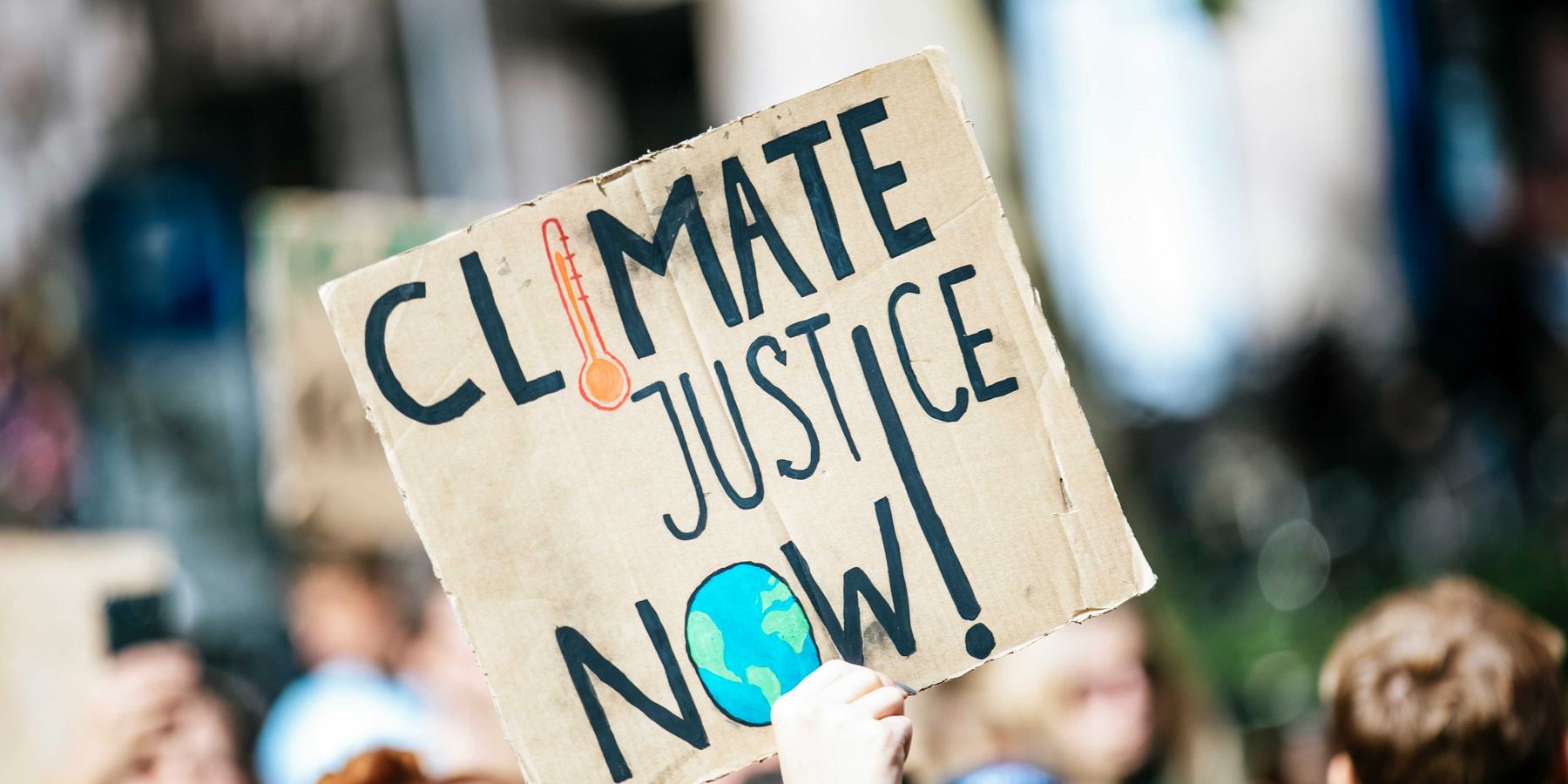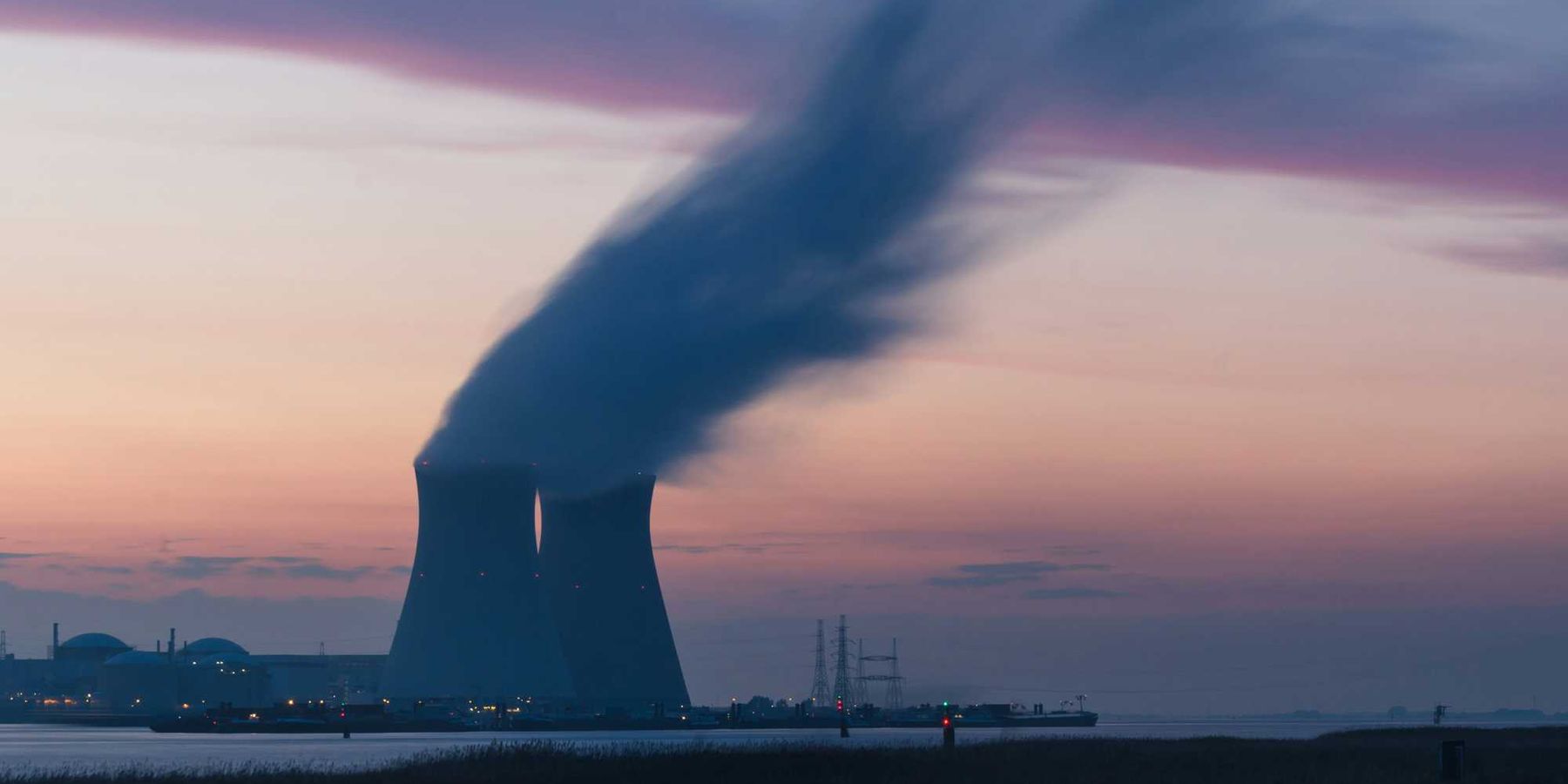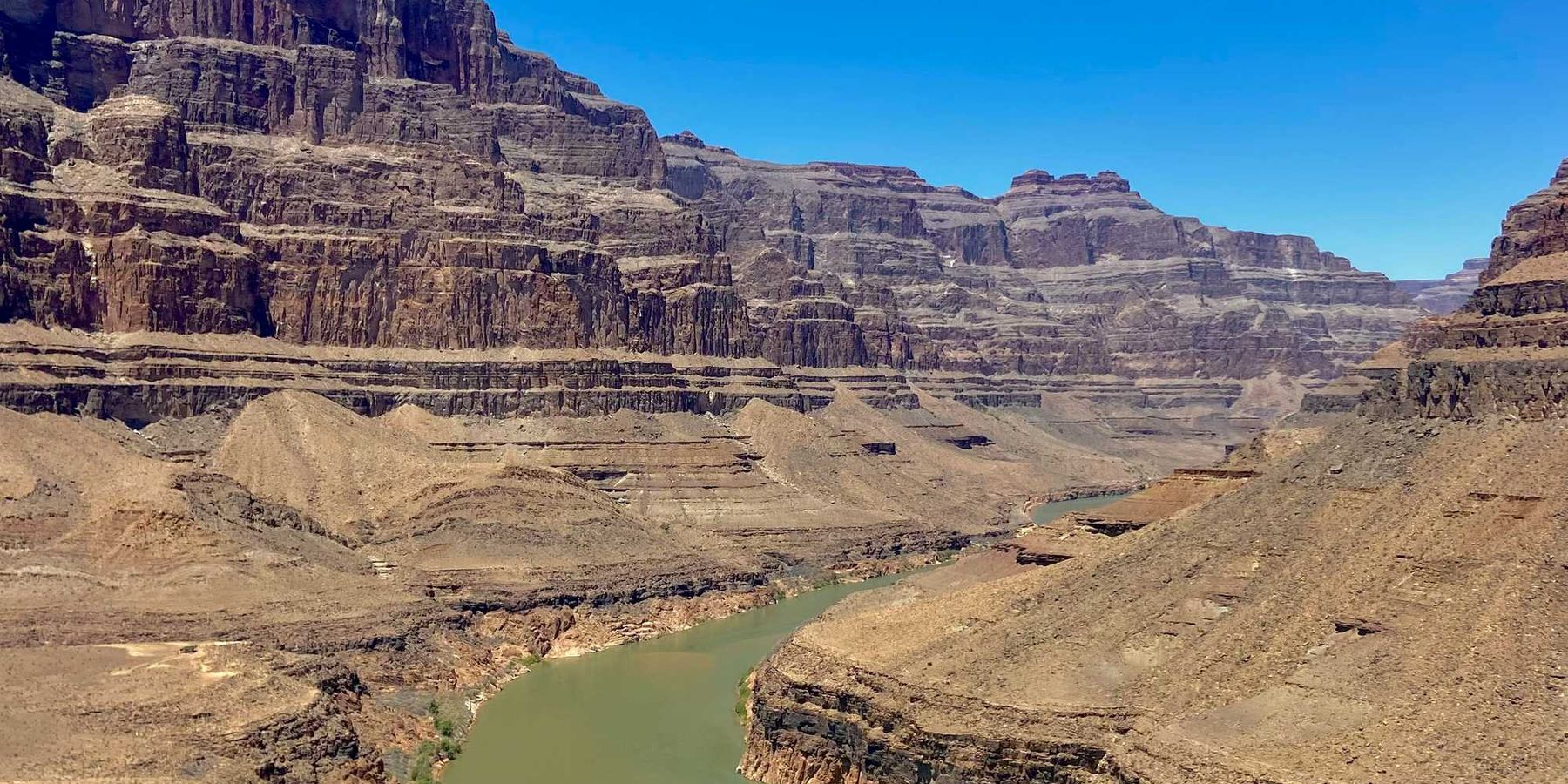
Building a library of American environmental classics: (Part One)
Some of the most important environmental books and authors from the late 20th Century.
Building best-of lists is, if nothing else, a wonderful way to start an argument.
In that spirit, here are some of the classic books and authors from the late 20th Century that helped define the environmental movement.
Next week, to keep the argument going, I'll have a list from the first two decades of the 21st Century.
When I was in what we used to call Junior High School back in the day, I used to scour my big brother's bookshelves to read his Ivy League leftovers. One that stuck with me was The Sea Around Us, (1951) one book of an eventual trilogy of tributes to salt water from Rachel Carson, a deceased government biologist whose name I'd never heard before. It was another few years before I read Silent Spring, Carson's epic attack on DDT. Since many of you know Silent Spring, I recommend Carson's ocean books, including The Edge of the Sea and Under the Sea Wind, which is largely an update of The Sea Around Us.
The Everglades: River of Grass (1947): Marjory Stoneman Douglas' name is best known today for the 2018 massacre at her namesake high school. A newspaper reporter and prolific writer, her first book (at age 57) forced America to think of the Everglades as an ecological treasure and not a swamp full of bugs and gators. She's a good reminder, along with Rachel Carson, that the male-dominated journalism field also had women as pioneers.
Cadillac Desert: The American West and its Disappearing Water: Marc Reisner's 1986 epic that accurately reports the West's recent history and presciently tells its future limits.
Dumping in Dixie: (1990): Shakespeare, he's not. But Dr. Bob Bullard led us to a monster hiding in plain sight (hiding, at least to White America). His study of how toxic waste dumps and polluting factories tend to get sited in poor, disempowered communities has an echo in today's Black Lives Matter movement.
Earth in the Balance: Al Gore's 1992 assessment of the challenges and possible solutions to climate change and other growing menaces isn't perfect. But I challenge you to find a more accurate set of global predictions.
Toxic Deception: It's a shame that this 1996 book by Dan Fagin and Marianne Lavelle is mostly forgotten today. The authors make an unprecedented effort to report on massive lobbying, disinformation, and propaganda. Lavelle later became a colleague of ours at Daily Climate and Fagin won a Pulitzer Prize, but more on that Pulitzer next week in Part Two.
A Civil Action: Question—What do Brooklyn disco king Tony Manero and trial lawyer Jan Schlichtmann have in common? Answer—They were both played by John Travolta in Hollywood blockbusters, Saturday Night Fever and A Civil Action. The latter is based on Jonathan Harr's 1995 bestseller of the same name, about the uphill fight for justice for neighbors of an age-old toxic site in Massachusetts. Note that the paperback cover of Harr's book features Travolta, not Schlichtmann.
Our Stolen Future: This 1996 book celebrates its 25th anniversary next year. Authors Dianne Dumanoski, Pete Myers, and Theo Colborn were pioneering reporters on the harm caused by endocrine-disrupting chemicals. As with so many others on this list, they're still battling a powerful counter-lobby. (Myers is the founder of EHN and The Daily Climate).
This is by no means a complete list. Feel free to send me any titles you think I've omitted to pdykstra@ehn.org or tweet @pdykstra.
Next week, the classics from the first two decades of the 21st Century.
Peter Dykstra is our weekend editor and columnist. His views do not necessarily represent those of Environmental Health News, The Daily Climate or publisher, Environmental Health Sciences.
Banner photo: Author Rachel Carson. (Credit: USDA)













